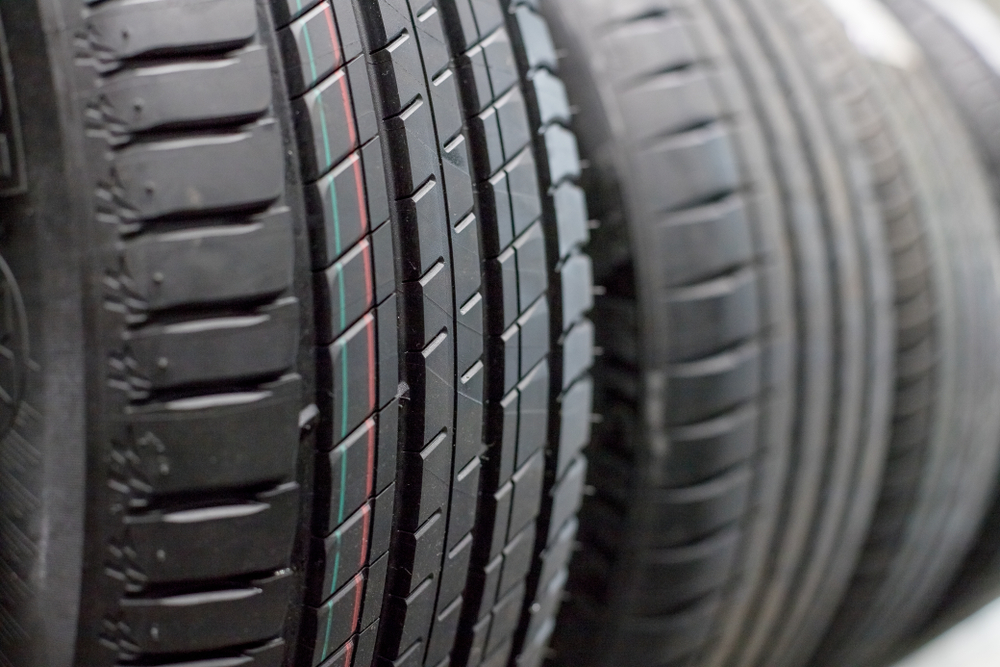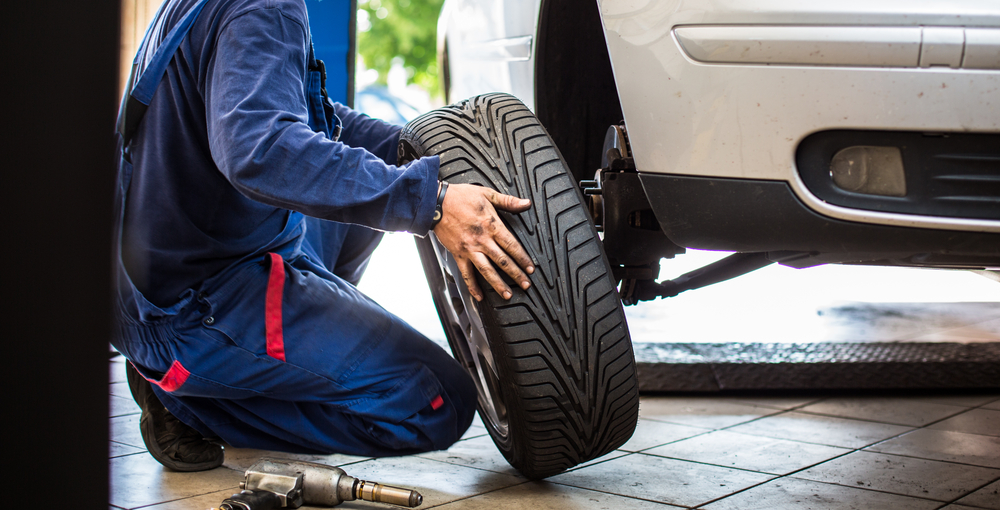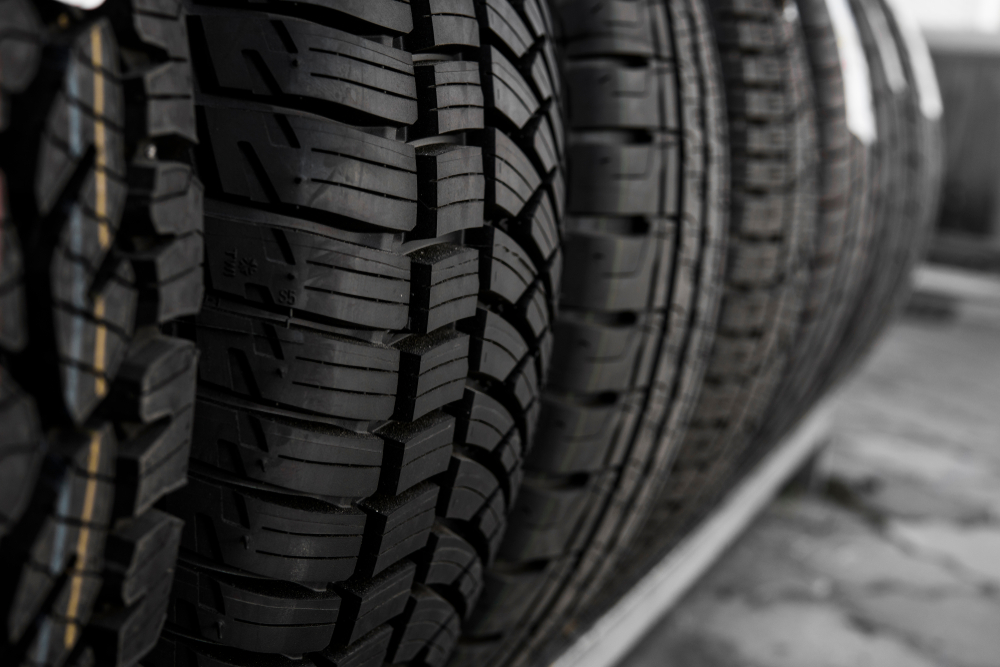Introduction
The silent defenders of the road, tires provide the necessary traction and grip to enable safe and effective travel. Tire treads are the unsung heroes that have a big impact on a car’s performance and safety, but they are frequently ignored. We explore the complex world of tire treads in this blog, revealing the various patterns and designs that influence how they work. Tire treads are essential for a safe and comfortable driving experience because they improve traction on various road surfaces, prevent hydroplaning, and improve cornering performance. Come along as we explore the world of tire technology and learn the mysteries surrounding these ostensibly straightforward but incredibly important parts of every car’s road trip.
The Importance of Tire Treads
Tire treads are essential for traction on a variety of road surfaces, as well as for better cornering and braking performance and the prevention of hydroplaning by dispersing water. A tire’s performance in each of these areas is directly impacted by the tread pattern’s depth and specific design. For drivers to maintain the highest level of safety and performance while driving, it is essential to comprehend the variety of tread types and their advantages. Drivers can improve their car’s grip, stability, and overall handling by choosing the right tread pattern, which will make driving in varied road conditions safer and more confident.

Types of Tire Tread Patterns
There are several common tread patterns found on tires, each designed to excel in specific driving conditions:
- Symmetrical Treads: The tread pattern of a symmetric tire has consistent blocks and grooves all over the surface. They provide a decent mix of traction, comfort, and durability and are adaptable enough for daily driving on both dry and wet roads.
- Asymmetrical Treads: The inner and outer sections of an asymmetrical tire are designed differently. With one side concentrating on dry grip and cornering stability and the other side offering improved traction on wet surfaces, this enables optimized performance in a variety of situations.
- Directional Treads: To lessen the chance of hydroplaning, directional tread patterns have V-shaped grooves that are intended to divert water away from the tire’s contact patch. Although these tires usually work well in wet weather, theireffectiveness on dry roads may be compromised because of their directional nature.
- All-Season Tires: All-season tires are made to function well in a variety of circumstances, from light snow to dry pavement. They offer versatile performance all year long thanks to a blend of tread patterns that include symmetrical, asymmetrical, and directional elements.
- Winter Treads: Made especially to perform well in frigid weather—including ice, snow, and slush—winter tires are designed to last. For improved grip and traction when driving in the winter, they have deep grooves, aggressive tread patterns, and unique compounds that don’t stiffen in freezing temperatures.
Impact on Performance and Safety
The performance and safety of a car can be greatly impacted by the tire tread pattern selection under a variety of driving circumstances:
- Dry Performance: Directional or asymmetrical tires, which have a more aggressive tread pattern, may provide better dry grip and cornering stability. This makes them perfect for drivers who are focused on performance.
- Wet Performance: Tires with large sipes and grooves, like symmetrical or directed treads, work well in the rain because they efficiently direct water away from the contact patch of the tire, which lowers the chance of hydroplaning and keeps the tire traction on wet pavement.
- Driving safely and confidently in cold weather is ensured by winter tires featuring deep grooves and biting edges, which offer enhanced traction and braking capabilities in snow and ice.
- Durability and Wear: Tire longevity and wear may also be impacted by the tread pattern’s design. In comparison to tires with directional or aggressive tread patterns, tires with symmetrical or asymmetrical treads typically wear more evenly and may last longer.
Choosing the Right Tread Pattern
Your driving habits, the type of vehicle you own, and the climate in which you drive all play a role in choosing the right tire tread pattern. The following advice can help you select the ideal tread pattern:
- Think about the usual weather in your region. For better traction and safety, choose tires with winter or directional tread patterns if you drive in rain or snow a lot.
- Analyze your performance requirements and driving style. Consider tires with asymmetrical or directional tread patterns made for high-performance driving if handling and cornering grip are your top priorities.
- To find the ideal tire tread pattern for your car and driving style, speak with a tire expert. Depending on your budget and particular requirements, they can offer knowledgeable advice.

Conclusion
In conclusion, a vehicle’s performance and safety on the road are greatly influenced by the tread depth of its tires. Choosing the appropriate tires for your driving needs requires an understanding of the various tread patterns and their corresponding benefits. Selecting the right tread pattern can have a big impact on your traction, handling, and overall driving experience whether you’re driving on dry pavement, wet roads, or snowy conditions. Hence, the next time you’re shopping for tires, pay close attention to the tread pattern and how it affects both performance and safety. It might just save your trip.

